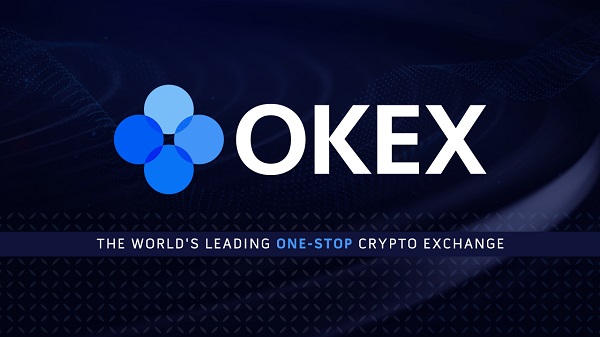
API (Application Programming Interface) strategies are pivotal in effective database management and integration. In today’s fast-paced digital landscape, where organizations operate across various databases and applications, seamlessly integrating these components is not just beneficial; it’s necessary for operational efficiency, insightful data analysis, and delivering superior customer experiences. APIs serve as the linchpins in this integration process, providing a structured and secure way for disparate systems to communicate and exchange data. Let’s delve into the essence of API strategies, comparing different approaches and elucidating their advantages and disadvantages through a detailed case study.
API Strategies for Database Management
APIs are the bridge that allows applications to interact with databases seamlessly. This interaction happens without the applications needing to know the intricacies of the database schema or the specific programming language in which the database operations are written. By abstracting these details, APIs simplify the development process, bolster security measures, and ensure that systems remain modular and easy to maintain. The strategic selection of an API can have far-reaching effects on integration ease, system performance, scalability, and the overall lifecycle of the application and database ecosystem.
Types of APIs in Database Management
The landscape of APIs in database management is diverse, with each type catering to specific needs and scenarios:
RESTful APIs: The go-to for many web services, Representational State Transfer (REST) APIs utilize simple HTTP requests to create, read, update, and delete data. These APIs can work with various data formats, including text, JSON, and XML, making them highly versatile and easy to implement in multiple environments.
SOAP APIs: The Simple Object Access Protocol (SOAP) APIs are known for their strict standards and high level of security, which makes them a favorite among enterprise-level applications where data security and integrity are paramount. Despite their robustness, they tend to have more overhead than RESTful APIs.
GraphQL APIs: A relatively new API strategy, GraphQL offers an incredibly efficient query language for complex systems with interrelated data. It allows clients to request the needed data, reducing bandwidth and improving response times.
A Comparative Look at API Strategies
Let’s compare these API strategies to highlight their distinct characteristics:
A Comparative Snapshot of API Strategies
Pros and Cons of the API Strategies
RESTful APIs:
Pros: Their lightweight nature and simplicity make RESTful APIs incredibly approachable for developers. They offer high flexibility, allowing quick adjustments and updates without significant overhead.
Cons: They may not offer the same security features as SOAP, making them less suitable for highly sensitive applications. Their efficiency can wane in scenarios requiring complex queries over multiple resources.
SOAP APIs:
Pros: They provide a highly standardized approach to API design, with robust security features and support for transactional integrity through ACID compliance. This makes them ideal for enterprise environments where consistency and security are non-negotiable.
Cons: The complexity and verbosity of SOAP can lead to slower performance, especially in web applications where quick responses are essential.
GraphQL APIs:
Pros: They dramatically reduce the need for multiple queries by allowing clients to specify exactly what data they need. This specificity can lead to significant performance improvements and greater flexibility in handling complex data relationships.
Cons: The complexity of setting up a GraphQL API can be a barrier for teams unfamiliar with its query language. Moreover, optimizing query performance requires a deeper understanding of the underlying systems.
Case Study: E-Commerce Integration Challenge
Consider an e-commerce company facing the challenge of integrating its online shopping platform with a legacy inventory management system. The integration is needed to ensure real-time synchronization of product information, stock levels, and order data, improving operational efficiency and customer satisfaction.
Solution: The company can opt for GraphQL APIs for this integration. The decision can be driven by the need for efficient, real-time data retrieval and updates across complex, interrelated datasets encompassing products, stocks, and orders.
Implementation Process:
A GraphQL server can be developed as an intermediary capable of interacting with the shopping platform’s database and the inventory system.
The implementation can leverage GraphQL’s powerful query capabilities to manage and synchronize data efficiently across systems, ensuring that product listings on the e-commerce site remain accurate and up-to-date.
Outcomes:
Using GraphQL can reduce unnecessary data over-fetching and under-fetching, optimizing server load and response times.
Customers can enjoy a better shopping experience with real-time visibility into product availability.
Due to GraphQL’s flexible query language, the development team may find it easier to address complex data retrieval and manipulation requirements.
Conclusion
The strategic selection and implementation of APIs are fundamental to successful database management and integration. Whether opting for the simplicity and flexibility of RESTful APIs, the security and robustness of SOAP, or the efficiency and precision of GraphQL, the choice should align with the project’s specific needs around security, data complexity, and performance. The discussed comparative analysis and case study illustrate how a well-considered API strategy can facilitate seamless integration, enhance system interoperability, and drive digital transformation efforts forward.
![]()
Hello, My name is Adnan Hassan. I am a consulting intern at Marktechpost and soon to be a management trainee at American Express. I am currently pursuing a dual degree at the Indian Institute of Technology, Kharagpur. I am passionate about technology and want to create new products that make a difference.





Be the first to comment